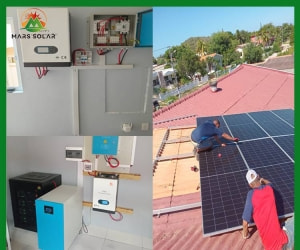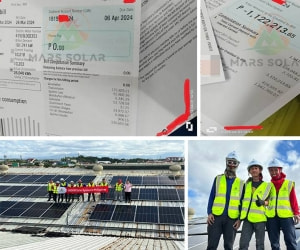Japan's largest floating photovoltaic power station rebuilt after the disaster
French floating photovoltaic company Ciel&Terre and Kyocera Group (Kyocera) jointly announced that the reconstruction of the 13.7MW Complete Solar Setup floating photovoltaic power plant in Japan's Yamakura has been fully completed-as early as 16 months ago, Typhoon Fasci caused part of the power plant to be damaged.
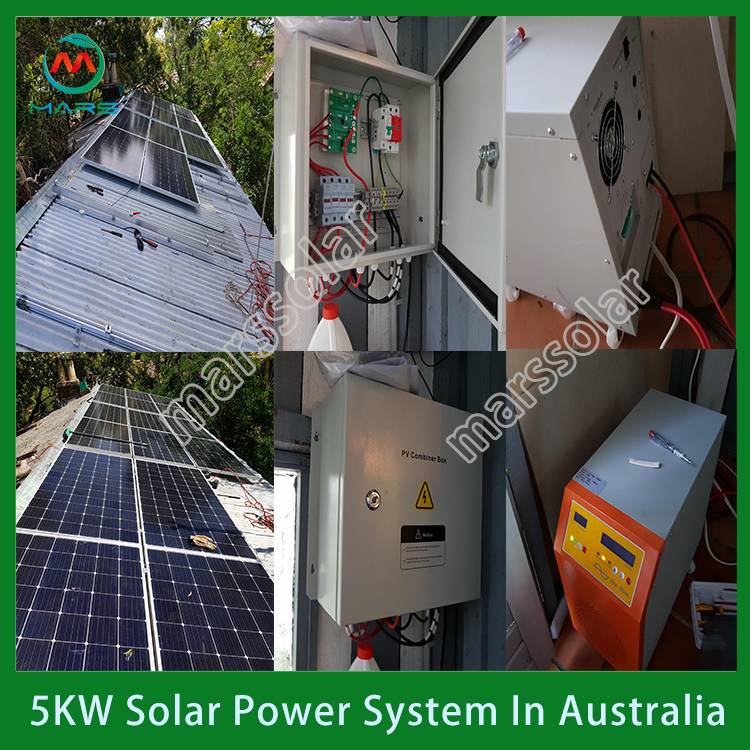
Ciet&Terre said in a statement: “The Yamakura incident occurred in September 2019, when one of the five strongest typhoons in 60 years occurred in the Chiba area, with a maximum speed of 207 kilometers per hour. The super typhoon caused damage to floating photovoltaic power plants. Some are affected and need to be rebuilt."
A company spokesperson said: "The complex-shaped floating islands have been changed to multiple smaller square islands to avoid stress concentration. The square design improves the safety factor."
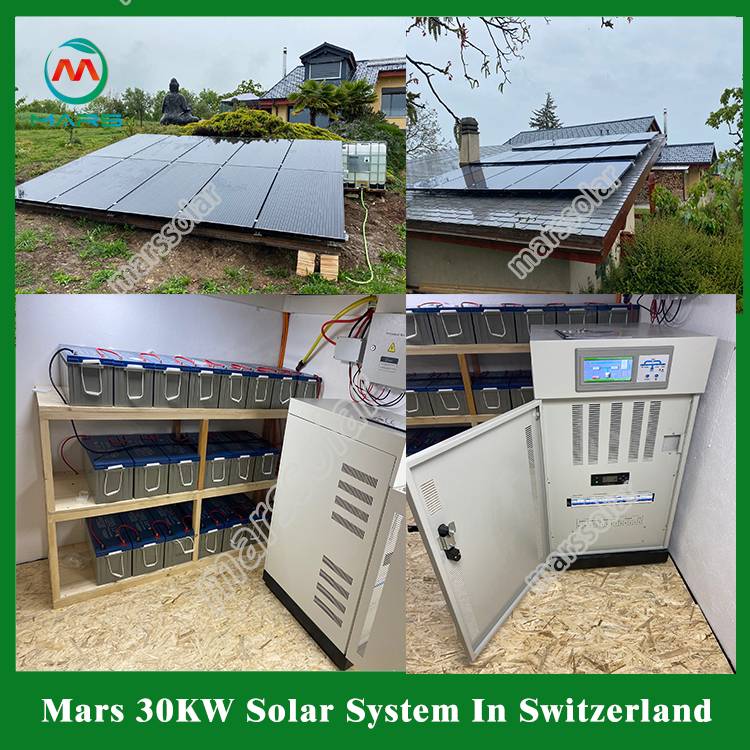
According to the company, the Japanese Ministry of Economy, Trade and Industry (METI) initiated an investigation after the incident, and their experts worked with experts from Kyocera TCL Solar to "fully cooperate with METI in a highly professional manner to ensure that the root cause of the incident is fully understood."
In April 2020, the METI survey determined that the ultimate root cause was the size and shape of the island, the stress concentration load, and the safety factor used during construction. Ciel & Terre of France clearly stated: "The Hydrelio structure we designed is unquestionable. We also conducted customer investigations on different parts of the Hydrelio structure and confirmed that no degradation damage has occurred over time."
In the report, METI determined that the main cause of the accident was anchor failure. The floating island is fixed by 420 anchor bolts connected to 823 mooring lines. During the storm, the seven anchor bolts became loose at the southern end of the middle. After the anchor bolt failed, the resin anchor rod began to fall, because the wind load was more unevenly distributed at this time. Each time a bolt collapses, the load on the adjacent bolts increases, which triggers a chain reaction. In this way, the entire array is split into three parts. METI also stated that the shape of the power station has also had a certain impact.
Although the reconstruction work has been completed, the Yamakura Floating Photovoltaic Power Station has not yet resumed commercial operations. "We will announce the latest news in June." Ciel&Terre spokesperson introduced.
-
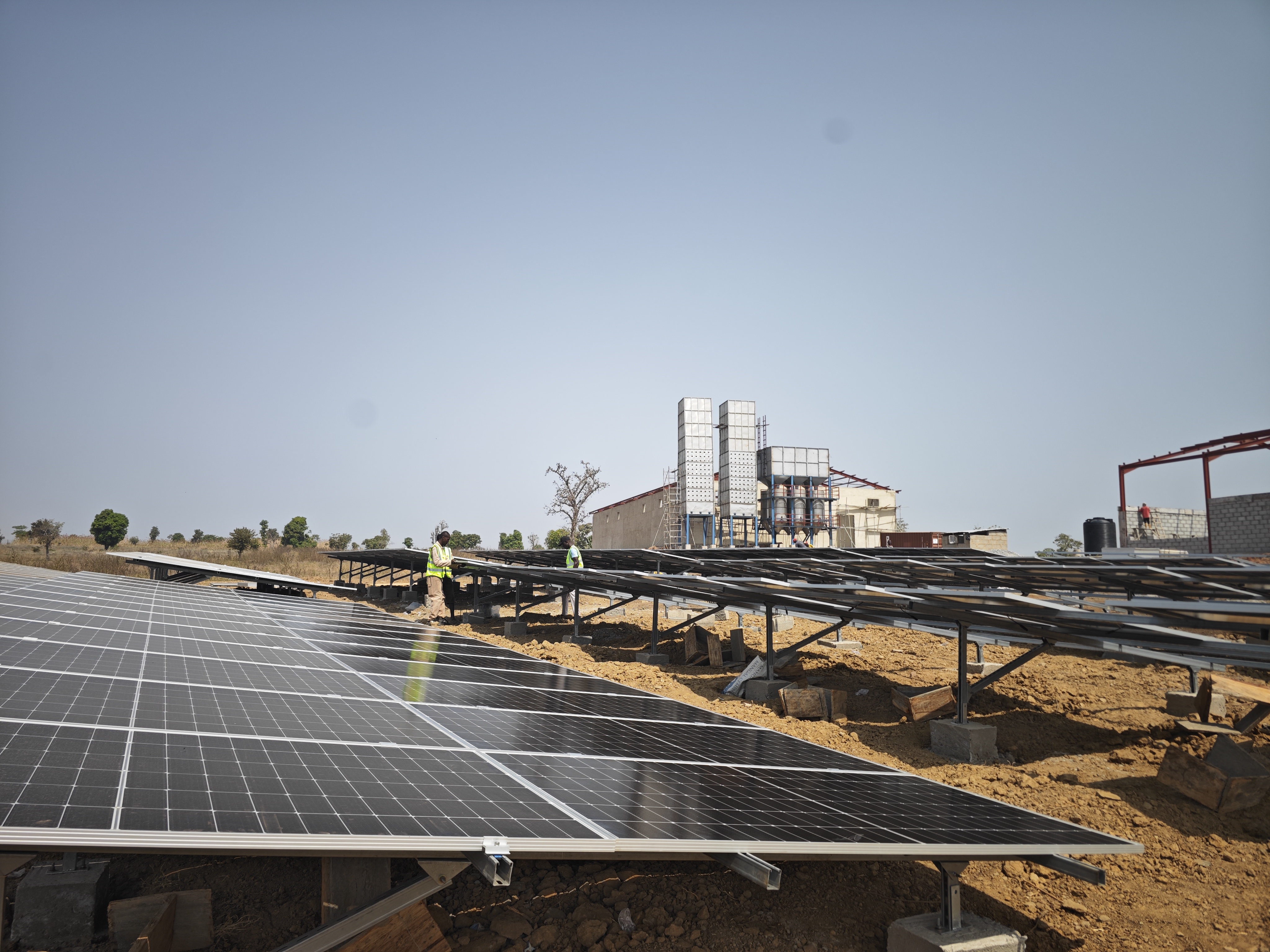 Case Study: 200kW Solar Power System Project for a Rice Mill in a Remote Area ofProject Overview This is a rice mill located in a remote area of Abuja, Nigeria. The local municipal power supply is unstable, and electricity tariffs have increased multiple times this year. Due to the unreliable grid power, the customer can only oper
Case Study: 200kW Solar Power System Project for a Rice Mill in a Remote Area ofProject Overview This is a rice mill located in a remote area of Abuja, Nigeria. The local municipal power supply is unstable, and electricity tariffs have increased multiple times this year. Due to the unreliable grid power, the customer can only operDo you like ?0
Read more -
 Solar PV System Expansion: Compatibility, Efficiency & Implementation Guide1. Background and Necessity Early-installed PV systems generally fail to meet the growing energy demands of modern households and enterprises. Compared with replacing the entire system, expansion is a more economical option—but the core question
Solar PV System Expansion: Compatibility, Efficiency & Implementation Guide1. Background and Necessity Early-installed PV systems generally fail to meet the growing energy demands of modern households and enterprises. Compared with replacing the entire system, expansion is a more economical option—but the core questionDo you like ?0
Read more -
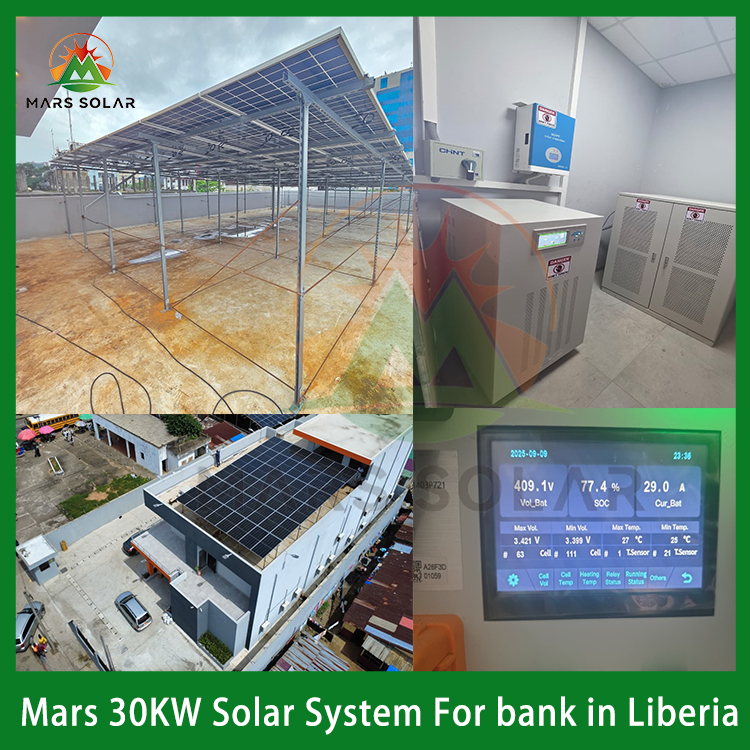 Customized Off-Grid Solar System for a Liberian Bank: Achieving Power IndependenWhen Banks Face the Challenge of "Grid Power Outages and Voltage Fluctuations": A Real-World Solution from Liberia In scenarios where the power grid is unstable and manual intervention is difficult, how to ensure the 24/7 stable operation
Customized Off-Grid Solar System for a Liberian Bank: Achieving Power IndependenWhen Banks Face the Challenge of "Grid Power Outages and Voltage Fluctuations": A Real-World Solution from Liberia In scenarios where the power grid is unstable and manual intervention is difficult, how to ensure the 24/7 stable operationDo you like ?0
Read more -
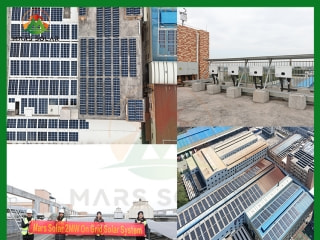 2MW Solar Panel System For Factory2MW mars solar grid-tied solar panel system for factory have designed, produced, and installed in a factory.How does Mars Solar build such a solar panel system for factory? 1. Data collection Before designing the plan, the factory owner vi
2MW Solar Panel System For Factory2MW mars solar grid-tied solar panel system for factory have designed, produced, and installed in a factory.How does Mars Solar build such a solar panel system for factory? 1. Data collection Before designing the plan, the factory owner viDo you like ?0
Read more -
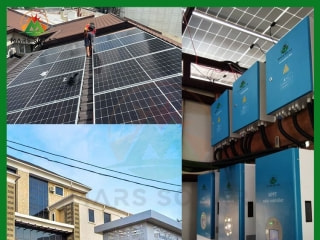 100KW Solar For Hotels And Resorts In NigeriaIn December 2024, the Mars Solar 100KW Nigeria solar for hotels and resorts project was successfully completed. In May 2024, the customer contacted Mars solar and had a series of communications on the solar for hotels and resorts project. The d
100KW Solar For Hotels And Resorts In NigeriaIn December 2024, the Mars Solar 100KW Nigeria solar for hotels and resorts project was successfully completed. In May 2024, the customer contacted Mars solar and had a series of communications on the solar for hotels and resorts project. The dDo you like ?0
Read more -
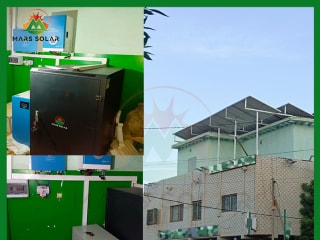 Reliable Energy Solutions for a Mali Pharmacy: 15KW Solar System Success StoryIn the heart of Mali, reliable electricity is a significant challenge, with power coming on for just 2 hours and then cutting off for 4 hours multiple times a day. This erratic power supply is particularly problematic for businesses that depend on consist
Reliable Energy Solutions for a Mali Pharmacy: 15KW Solar System Success StoryIn the heart of Mali, reliable electricity is a significant challenge, with power coming on for just 2 hours and then cutting off for 4 hours multiple times a day. This erratic power supply is particularly problematic for businesses that depend on consistDo you like ?0
Read more


